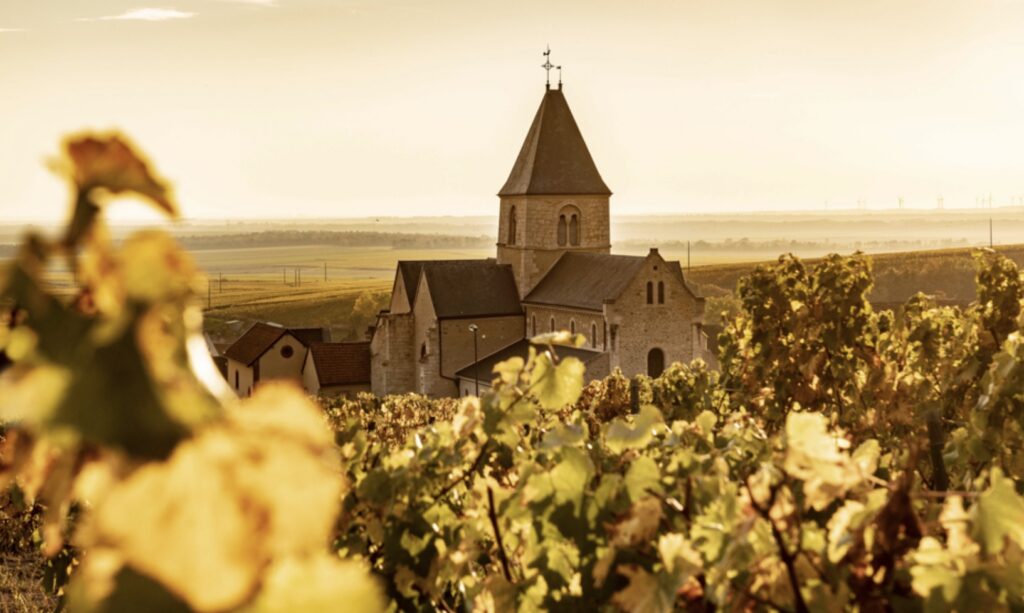When it comes to prestige champagnes, Salon is in a league of its own. If you’ve ever wondered why a bottle of Salon commands such stratospheric prices, here are the main reasons. Much like Krug, the cost of Salon reflects a deep commitment to quality, rarity, and time.
1. Only in exceptional years – Very few vintages
Salon doesn’t produce champagne every year. Only in vintages that meet extremely high standards will Salon declare a wine under its own label. In other years, the grapes may go to its sister house, Delamotte, or be used otherwise. Wine Alchemy+2Vins Grands Crus+2
Over the 20th century there were only 37 declared vintages; since 2000 perhaps only about five more. This extreme selectivity already restricts supply dramatically.
2. Single Cru, single grape, single village – purity & terroir
Salon’s wine is Blanc de Blancs (100% Chardonnay) from Grand Cru vineyards in Le Mesnil-sur-Oger. It also sources from a small number of plots (originally 20 contract growers) all in this village. The terroir (soil, microclimate, vine age) is extremely special.
Using only Chardonnay and only Grand Cru from such a restricted area limits scale and increases cost.
3. Long aging / cellaring time
Salon ages its wines far longer than required by Champagne rules. The legal minimum for vintage champagne is three years, but Salon bottles spend at least 10 years in cellar before release. Sometimes even more.
This time includes aging on the lees (sediment), which develops complexity (bread, brioche, nutty notes), minerality, and texture. Time in cellar means costs: storage, capital tied up, risk, loss, etc. En+2Vins Grands Crus+2
4. Very vimited production / Low yields
Each Salon vintage produces only about 60,000-80,000 bottles. Compared to many large champagne houses that release millions of bottles annually, that is tiny.
Also, the yields per vine and per plot are kept low, to ensure concentration. Excess or lesser grapes aren’t used for Salon but diverted elsewhere. Wine Alchemy+1
5. No malolactic fermentation & style choices
Salon typically blocks malolactic fermentation, which preserves very high acidity and freshness. That contributes to the wine’s aging potential and its characteristic purity but also requires precise viticulture and processing. Wine-Searcher+1
Also, dosage (sugar addition after disgorgement) is kept low. The style is not “easy, charming now” but built for long life. That increases risk: a less approachable wine early when many consumers want immediate gratification.
6. Prestige, reputation & collector demand
Salon is held in very high regard by wine collectors and critics. Over decades, its rare vintages have fetched high prices at auctions. This prestige adds to the cost.
Because there are so few bottles, demand tends to outstrip supply among collectors, driving secondary market prices up. Vinovest+1
7. Costs of patience, capital, and risk
Doing all of the above means Salon must tie up capital for long periods: vineyards, barrels (or tanks), cellar space, staff, overheads. Some vintages may never be declared if they don’t reach the required standard – that’s abandoning potential profit each time.
Aging for 10+ years also carries storage risks: damage, spoilage, climate control, etc. And yet, for Salon, nothing is rushed.
8. Scarcity + longevity = value
Salon bottles improve with time – many recommend drinking them 20-30 years after the harvest to see the full potential.
Because they last and improve, people are willing to pay a premium now for something that will be either beloved decades from now, or already rare and collectible. The rarity over time (few drank, many kept, many lost) also pushes up value.
Conclusion
So, is Salon worth it? For many connoisseurs, yes – because what you pay for is not only the bottle, but:
- the extreme selectivity of when and where it’s made
- the purity of style (single grape, single grand cru terroir)
- the long aging that develops complexity
- the tiny quantities and high standards
- the prestige and the long-term investment in time
These are exactly the factors that make Salon so expensive – but also what make it one of the greatest champagnes in the world.
